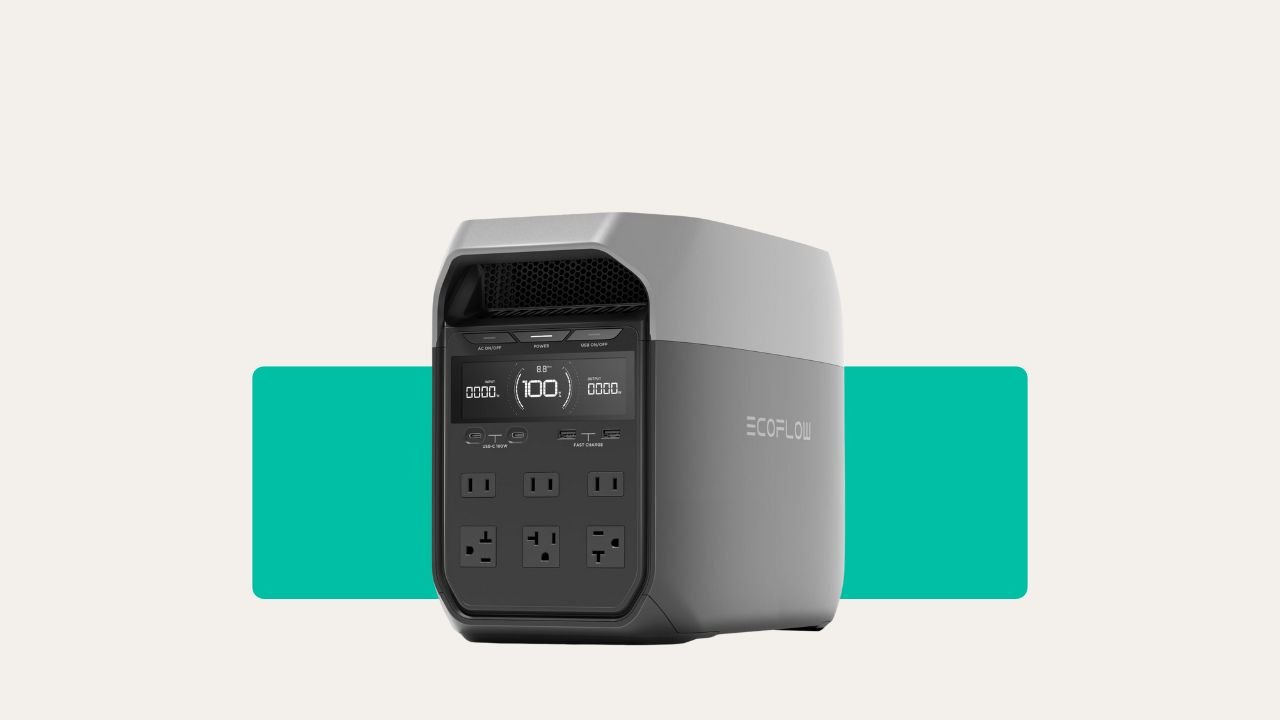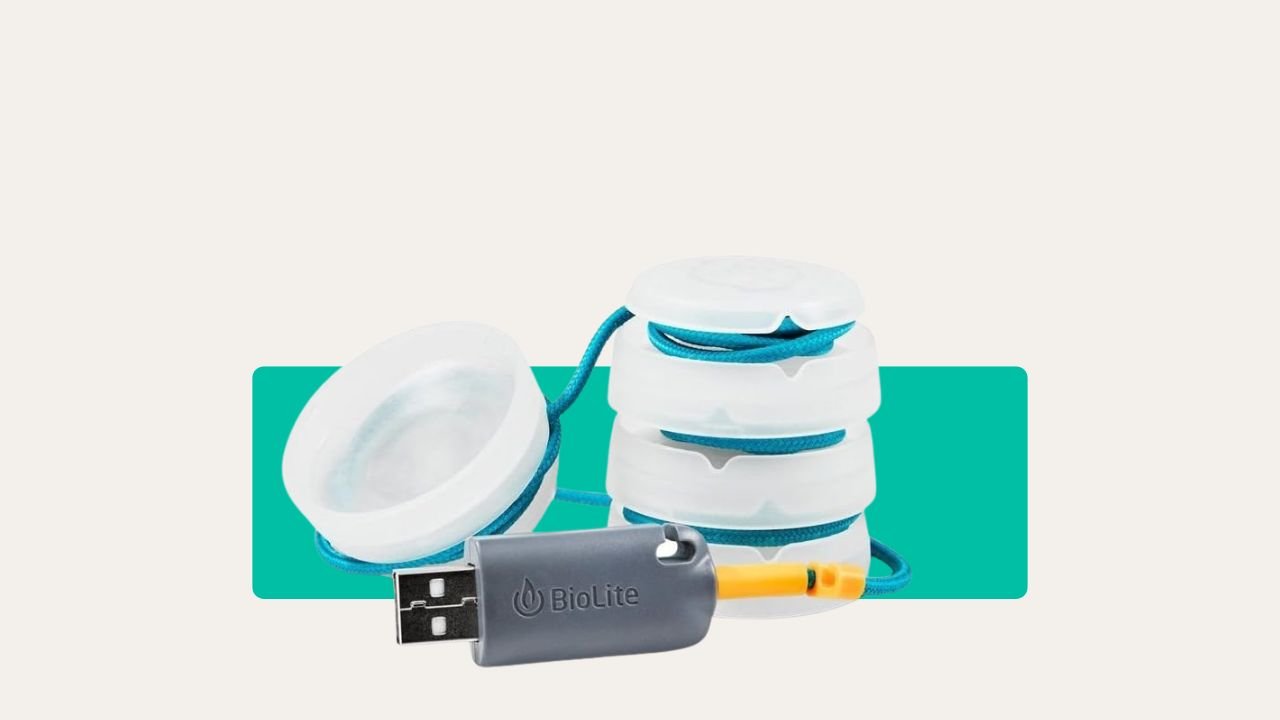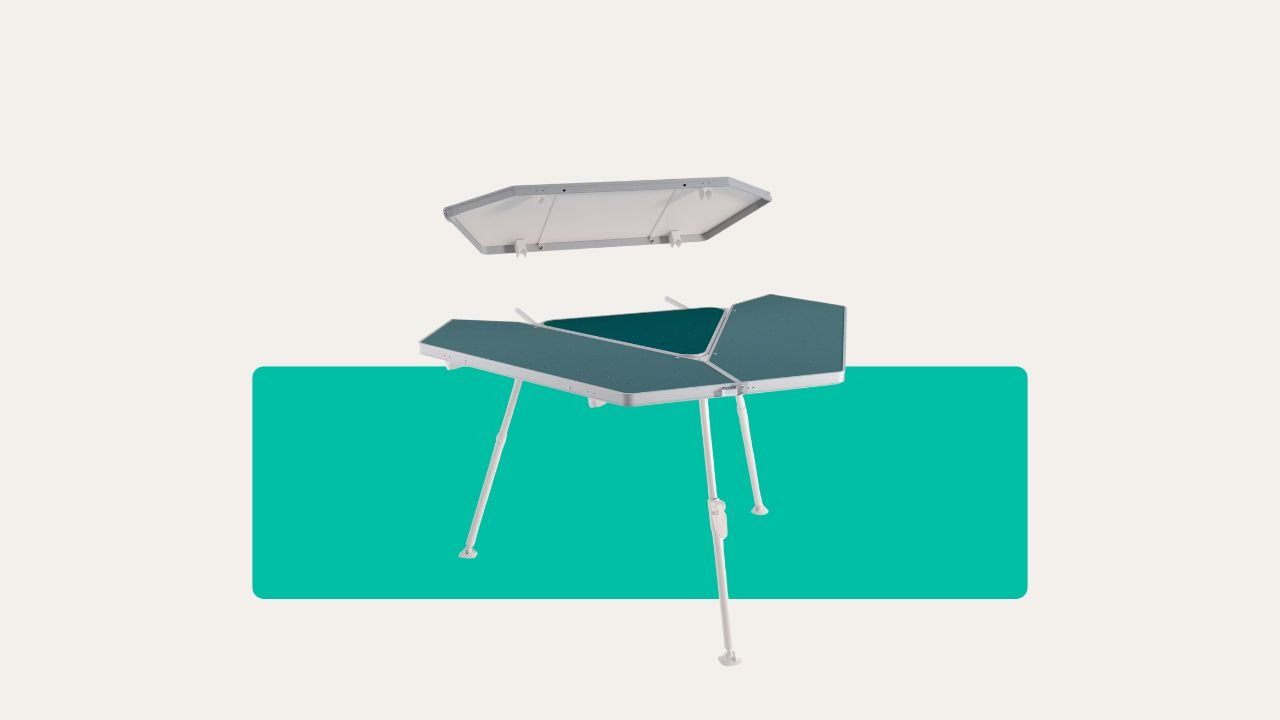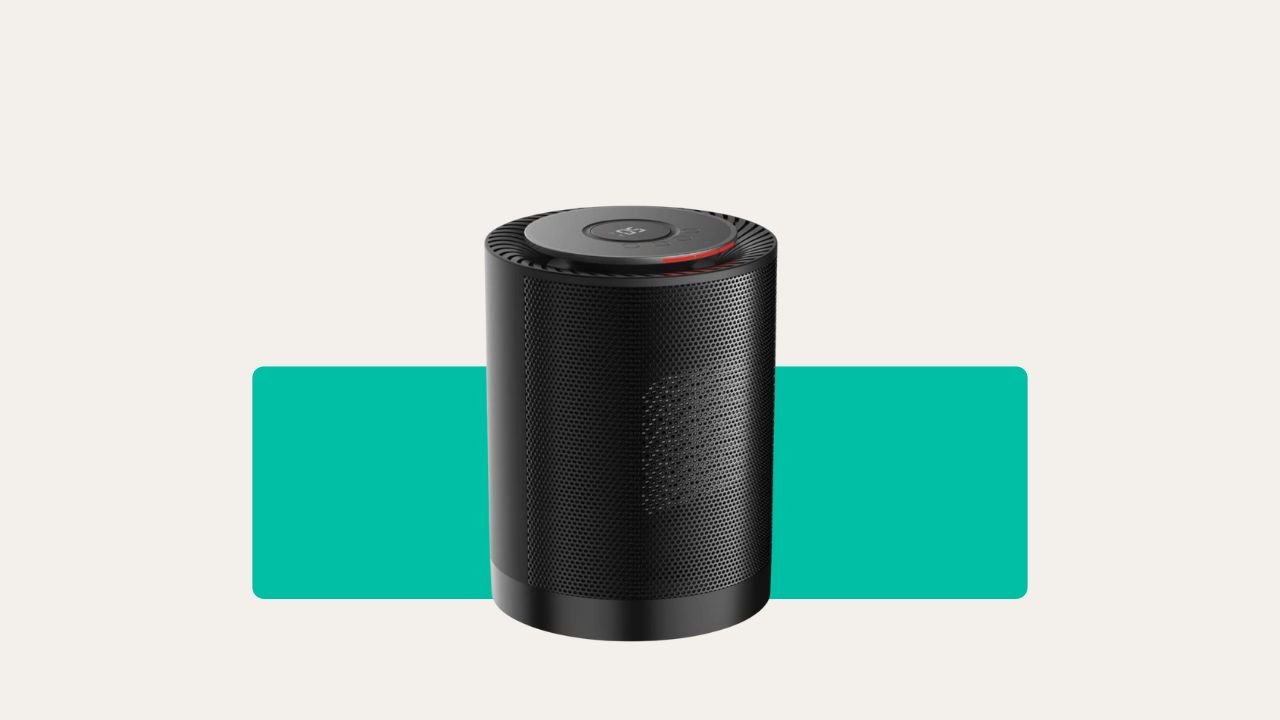Most People Think a Down Jacket Is Enough… Until It Starts Chucking It Down.
Here’s the thing: down jackets are brilliant for warmth, but once they get wet, it’s game over. They soak up water fast, lose insulation, and suddenly you’re cold, damp, and counting the minutes until the rain stops.
That’s why a waterproof down jacket is a must for UK camping. It gives you the best of both worlds – proper insulation and rain protection, so you’re not left shivering when the heavens open mid-hike or while pitching your tent.
In this guide, we’ll look at the best waterproof down jackets that actually hold up in British weather. Regardless of where you’re camping, these picks will keep you warm, dry, and comfortable.
Why Waterproof Down Jackets Matter for UK Camping?
Perhaps you’re also seeing a waterproof down jacket as a waste of money – maybe you don’t actually need it. Well, I learned the hard way, too.
On a damp October night in the Brecon Beacons, the forecast said light showers, so I grabbed my regular down jacket – snug, lightweight, perfect for crisp evenings. But what actually hit us was three hours of sideways rain and relentless wind. Within minutes, my jacket was soaked, my body heat dropped, and I spent the night huddled in the tent, damp and freezing. Lesson learned.
So, in the UK, “changeable weather” is just polite code for “you’ll get soaked at least once”. Whether you’re wild camping in the Highlands or setting up near a breezy beach in Cornwall, the weather has no chill – literally. Rain, cold, and wind show up uninvited, and if your jacket can’t keep up, you’re in for a miserable time.
Regular down jackets are warm, no doubt. But once they get wet, the insulation clumps and loses its ability to trap heat. That means cold shoulders, soggy arms, and a long, shivery night ahead. A waterproof down jacket is designed to handle both jobs, keeping you warm and keeping the rain out. It’s the gear you reach for when drizzle turns to downpour and you’re still miles from camp.
Best Waterproof Down Jackets in the UK – A Quick Comparison

Mountain Equipment Lightline
Best For: Value + all-round performance
Waterproof? Water-resistant
Weight: 750g
Insulation Type: 700-fill duck down
Key Features: Detachable hood, windproof shell, adjustable cuffs, great warmth for the price

Rab Men’s Valiance
Best For: Full waterproof protection
Waterproof? Yes
Weight: 600g
Insulation Type: 800-fill hydrophobic down
Key Features: Helmet-compatible hood, stuff sack included, ideal for wet mountain use

Rab Infinity
Best For: High-altitude + technical climbs
Waterproof? Water-resistant
Weight: 805g
Insulation Type: Goose down
Key Features: Two-way zip, large hood, breathable + warm, packed with climber-friendly details

Simond Alpinism
Best For: Budget-friendly mountaineering
Waterproof? No
Weight: 270g
Insulation Type: Duck down
Key Features: Bright colours for visibility, abrasion-resistant sleeves, tested to -29°C

Crux Women’s Halo
Best For: Maximum warmth for women
Waterproof? Water-resistant
Weight: N/A
Insulation Type: 900-fill goose down
Key Features: Stylish snug fit, two-way zip, Lycra-bound cuffs, ideal for extreme cold
Expert Picks: Best Waterproof Down Jackets UK
Let’s get into it. These are the jackets that actually stand up to the UK's mix of wind, wet, and wild weather. Whether you’re hiking or camping, these picks balance warmth, water-resistance, and wearability.
1. Mountain Equipment Men's Lightline Down Jacket
Best Down Jacket for Value

If you're after a solid, no-nonsense jacket that keeps you warm and won’t break the bank, the Mountain Equipment Lightline deserves a spot in your rucksack. It’s become something of a legend among British adventurers – recently endorsed by none other than Scottish climber Dave Macleod, and it’s easy to see why.
With 700-fill power duck down, this jacket holds up surprisingly well in freezing winds and harsh conditions. And at under 750g, it won’t weigh you down either.
What makes the Lightline such a good value is its practical design: you get a detachable hood, adjustable cuffs, and drawcord hems – all the essentials to trap in warmth and fend off biting winds. It isn’t fully waterproof, but the outer shell does a decent job at resisting light rain and snow, especially if you're not standing in a storm all day.
It’s not flashy, but it works. Whether you’re camping, hiking, or scrambling up a chilly ridgeline, this jacket delivers performance without costing you a fortune. It’s a proper all-rounder that punches above its price.
Pros
- Wind and water-resistant
- Excellent warmth for the price
- Detachable hood
- Lightweight for the insulation it offers
- Ideal for cold, dry adventures
Cons
- Not fully waterproof
- No repair kit included
2. Rab Men’s Valiance Down Jacket
Best Fully Waterproof Down Jacket

Now, if waterproofing is your number-one concern, the Rab Valiance might just be your jacket for life. Unlike most down jackets that crumble when wet, this beast is fully waterproof, thanks to its durable Pertex Shield outer shell and hydrophobic down. Rain, sleet, or snow – it shrugs them all off without a fuss.
It’s packed with clever touches too: a helmet-compatible hood, taped seams, and zippered pockets to keep your essentials dry. The fit is just right for layering, and the adjustable cuffs and hem give you full control over how snug you want it. And the best part? It weighs just 600g, making it a solid option for both short day hikes and longer expeditions.
That said, the hood is non-detachable, so it’s always there whether you want it or not. But for those wet and wild days in the Lakes or Peaks, this jacket is hard to top.
Pros
- Fully waterproof shell
- Excellent warmth-to-weight ratio
- Includes stuff sack
- Zippered pockets for secure storage
- Ideal for wet UK camping conditions
Cons
- Fixed hood
- May be overkill for dry, casual use
3. Berghaus Tephra Stretch Reflect Down Jacket
Best for Flexibility and All-Day Comfort

For those who want comfort that moves with them, the Berghaus Tephra Stretch Reflect gets a big thumbs-up. It mixes hydrophobic down with Reflect technology, which bounces body heat back at you. This means you stay warmer without needing bulk. It’s not fully waterproof like the Rab Valiance, but it’ll handle light showers and drizzle just fine.
What sets the Tephra apart is how it fits and feels. With stretch panels along the sides, it gives you a close, athletic fit without that bulky down-jacket feel. It’s ideal if you’re doing more than just standing around a campfire – think setting up tents, hiking with a pack, or clambering over wet rocks.
It also looks great for everyday wear, which is a bonus if you’re after something that works just as well for town walks or dog duty in the drizzle.
Pros
- Stretch fit for comfort and movement
- Reflect lining helps retain warmth
- Water-repellent down
- Slim, stylish profile
Cons
- Not fully waterproof
- No hood
4. Rab Infinity Men's Down Jacket
Top Choice for Climbing Comfort and Protection

If you're serious about mountain adventures or cold-weather climbing, the Rab Infinity is one jacket that can truly keep up. Built with ultimate goose down insulation and smart technical features, it’s one of those rare jackets that offers serious warmth, breathability, and practical details – all in one.
What stands out is the two-way zip – a feature climbers will appreciate. It lets you unzip from the bottom for quick access to harnesses or gear, without letting out all your body heat. The helmet-compatible hood is roomy but fitted, and even comes with down fill and a stiff peak to shield your face in strong winds. The overall build is rugged and roomy enough to allow proper movement without feeling bulky.
This jacket isn’t the lightest at 805g, so it’s better suited for high-mountain routes than long-distance hiking. But if warmth, space for gear, and climbing-friendly features are your top priorities, the Rab Infinity really delivers.
Pros
- Excellent warmth and insulation
- Two-way zip for climbing harness access
- Large, helmet-friendly hood
- Technical design with secure storage
Cons
- Heavier than other jackets
- Less suited to lightweight hiking trips
5. Simond Alpinism Men's Mountaineering Down Jacket
Great Value for Extreme Cold

Designed for serious altitude and freezing temps, the Simond Alpinism Down Jacket is a bit of a hidden gem, especially for its price. Developed by Decathlon and tested in the Himalayas, this jacket is a lightweight, duck down powerhouse made to handle as low as -29°C.
You get great freedom of movement thanks to the relaxed fit, and features like abrasion-resistant sleeves, a built-in hood, and strategically placed insulation make this ideal for mountaineering. It also packs down surprisingly small and light – just 270g for the XL size, which is almost unheard of for this level of warmth.
The only downside I found about this jacket is that it is not waterproof and only comes in one colour, but if you want a solid, reliable coat for tough mountain conditions without spending a fortune, the Simond is a smart buy.
Pros
- Extremely lightweight for the warmth
- Flexible fit with abrasion-resistant panels
- Comes with a repair kit
- Designed for sub-zero mountain use
Cons
- Not waterproof
- Only one colour available
- Fixed hood
6. Jack Wolfskin Helium Down Jacket
Great All-Rounder for Mild to Cold Weather

The Jack Wolfskin Helium Down Jacket is one of those jackets that just works. It’s simple, effective, and easy to pack. It uses a 90/10 duck down-to-feather blend, making it both warm and lightweight. And at just 450g, it’s a great mid-layer or stand-alone jacket for dry winter days.
We like how compact it is – it packs into its own pocket, so you can stash it easily in your rucksack when the weather turns warm. The outer fabric is partially water-resistant, so it can handle the odd shower or damp mist without soaking through. Two zippered hand pockets add a bit of secure storage too.
Really, if you’re looking for something to keep you warm on crisp walks, light hikes, or general outdoor use, the Helium is a great budget-friendly option.
Pros
- Lightweight and easy to pack
- Water-resistant outer
- Stylish and simple design
- Good everyday warmth
Cons
- Not suited for serious mountaineering
- No repair kit included
- Limited technical features
7. Crux Women's Halo Down Jacket
Maximum Warmth for Cold-Weather Treks

If you tend to feel the cold easily, the Crux Halo is like a personal heater. With a 900-fill power Polish goose down, this jacket offers top-tier insulation in a sleek and feminine fit that extends over the hips for extra warmth.
It’s built with mountain-ready details: a two-way front zip, down-filled fixed hood, and Lycra-bound cuffs and hem to keep the chill out. We particularly like how it combines serious warmth with style. It fits close to the body but still gives you enough room to move comfortably.
It’s not fully waterproof, and there’s no repair kit, but if you're heading out in freezing conditions or just want a seriously warm, flattering jacket for winter hikes and camps, this one’s a winner.
Pros
- Premium warmth with 900-fill goose down
- Tailored fit for better coverage
- Two-way zip for climbing gear access
- Great for cold, dry camping trips
Cons
- Not waterproof
- No repair kit included
How To Choose the Best Down Jacket for Your Camping Trips?
Not all down jackets are made equal, and picking the right one can mean the difference between a warm, dry adventure and a soggy, miserable trudge. What works for a chilly weekend in Northumberland might be totally wrong for a mild night in Cornwall. It’s all about matching your jacket to the trip.
- Insulation Type
This is the first biggie. If you’re after top-notch warmth and packability, goose down is the gold standard. But it hates getting wet. Synthetic insulation holds up better in damp weather, though it’s usually bulkier. For a happy middle ground, look for hydrophobic down – it’s treated to resist moisture and often keeps insulating even when it’s been hit by light rain or condensation in the tent.
- Waterproofing
waterproofing is also essential for UK camping. Don’t be fooled by labels that say “water-resistant”. That usually means it can survive a light mist at best. For proper weatherproofing, go for jackets with fully taped seams, DWR coatings that actually last, and hoods that cover your whole head (not just hover awkwardly on top). Trust me, it makes a world of difference when sideways rain hits.
- Fit
This is easy to overlook but super important. Try the jacket on over your usual cold-weather layers. If it’s too snug, you’ll crush the insulation and feel colder. If it’s too loose, chilly wind finds its way in.
- Packability
While we’re on practicalities, consider packability, especially if you’re wild camping or travelling light. Some jackets are surprisingly bulky once you try to stuff them into your rucksack. Do the old “squash-it-into-a-stuff-sack” test before committing.
- Features
Look for two-way zips (helpful for venting or accessing climbing gear), storm flaps, adjustable cuffs, and pockets you can reach with a rucksack on. They might sound minor now, but when you’re fumbling around in the rain at a remote pitch, these details really count.
Key Jacket Features That Make Life Easier
Once you’ve got the basics sorted, it’s the small design details that separate a decent jacket from one you’ll never leave behind. If you’re the sort who camps often or gets caught in unpredictable UK weather (so, all of us), you’ll want these features in your corner:
- A Proper Hood: It should fully cover your head – even with a beanie on – and actually tighten up enough to stay put in strong winds. If it’s helmet-compatible, that’s a bonus for climbers, but for campers, it’s all about adjustability and wind protection. A stiffened peak or wired brim is a great extra.
- Usable Pockets: This one’s huge. Waist-level pockets are often blocked by a backpack’s hipbelt, which is annoying. Look for jackets with higher chest pockets, interior stash spots for gloves or a snack bar, and ideally, fleece-lined hand pockets to warm up frozen fingers during early starts.
- Strong Zips with Big Pulls: When your fingers are cold or gloved, tiny zippers are your enemy. Go for YKK zips with large toggles or pullers. They’re built to last and easier to use when you can barely feel your hands.
- Adjustable Cuffs and Hems: These help seal in heat and keep the wind out. Velcro cuffs are best if you wear gloves underneath, and a drawcord hem stops chilly gusts from creeping in.
- Tough Outer Fabric: Lightweight jackets are great until they meet brambles, sharp rocks, or the corner of a camp chair. Look for jackets with reinforced shoulders or sleeves and tough outer shells that can survive a bit of real-world abuse.
Final Thoughts
When you're camping in the UK, a warm jacket isn't enough – it needs to handle rain, wind, and everything in between. That’s why a waterproof down jacket is important. It’s the extra layer of confidence when the skies turn grey and the temperature drops.
It is always important that you know that more than anything, the right jacket makes all the difference. Don’t just go for the biggest brand or the puffiest coat. Look for waterproofing, insulation type, smart features, and a fit that lets you move freely. Trust your trip, trust your jacket, and stay warm out there.
FAQs
Do down jackets lose their warmth over time?
Yes, they can. With frequent use, the down inside can clump together or flatten, especially if it gets damp or isn’t cared for properly. Over time, this reduces the jacket’s ability to trap heat.
How do you clean your down jacket?
Always check the label first. Most down jackets can be washed on a gentle cycle using a down-safe detergent (not regular detergent – it strips the natural oils). Tumble dry on low with a couple of clean tennis balls to help re-fluff the down. Never wring it out or leave it soggy in a pile. This can ruin the insulation.
Are all down jackets waterproof?
No. In fact, most aren’t. Standard down jackets are usually water-resistant at best. For true waterproofing, look for a jacket with a proper waterproof shell (like Gore-Tex or similar), sealed seams, and a DWR coating. Otherwise, wet weather will flatten the down and make you cold fast.
How tight should a down jacket fit?
It should feel snug but not tight. You want enough room to wear a base layer or fleece underneath without feeling squeezed. If it's too loose, warm air escapes; too tight, and the insulation gets compressed and loses its effect. Always try it on with your usual camping layers.
How do you fluff a down jacket if you mistakenly compress it for too long?
Pop it in the tumble dryer on a low heat with a couple of tennis balls or dryer balls. This helps break up clumps and brings the loft (fluffiness) back. If you don’t have a dryer, shake it out and hang it somewhere warm and dry. It’ll take longer, but the loft will return gradually.









